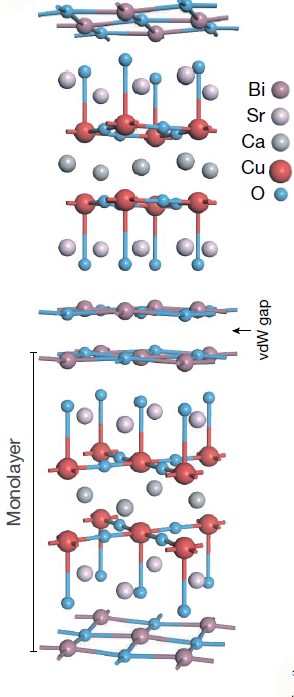Professor Chen Xianhui of the University of Science and Technology of China and Zhang Yuanbo's group of the Department of Physics of Fudan University have made new progress in revealing the mechanism of high-temperature superconductivity. The research results were published online in the international academic journal Nature in October 31st, Beijing time.
Superconductivity is one of the most fascinating macroscopic quantum phenomena in physics, and it is a new field of research. But the mechanism of unconventional high-temperature superconductivity is still not completely solved. How to find the key to the secret door of high-temperature superconductivity is a problem that scientists are striving for. The usual research method of physicists is to try to reveal the law of the world's origin with the most concise model.
Copper oxide high-temperature superconductors have a variety of three-dimensional layered crystal structures. The crystal structures of all copper-based superconductors discovered so far contain the same copper-oxygen structural unit. These copper-oxygen structural units are considered to be the origin of high-temperature superconductivity. Especially when theoretical physicists study the mechanism of high-temperature superconductivity, they mainly build two-dimensional theoretical models based on copper-oxygen surface structural units. Therefore, it is very important and meaningful to experimentally verify whether the two-dimensional superconductor containing a single layer of copper-oxygen structural unit has the same superconductivity and normal state physics as the corresponding bulk crystal. After years of exploration and attempts, Chen Xianhui and Zhang Yuanbo and their research team successfully obtained a single layer of bismuth 2212 superconductor, and experimentally found that the single layer copper-based superconductor and the corresponding bulk copper-based superconductor have the same superconducting transition temperature 1. The phase diagram of carrier concentration dependence and abnormal normal state behavior. These findings provide a solid experimental basis for the two-dimensional theoretical model of high-temperature superconductors, and also provide new ideas for the experimental research of high-temperature superconductors.

Figure: Two-dimensional material bismuth 2212 structure
TEMPERED GLASS TOP
TEMPERED GLASS TOP
GUANGZHOU AIJINGSI TRADING LIMITED , https://www.aichugashob.com